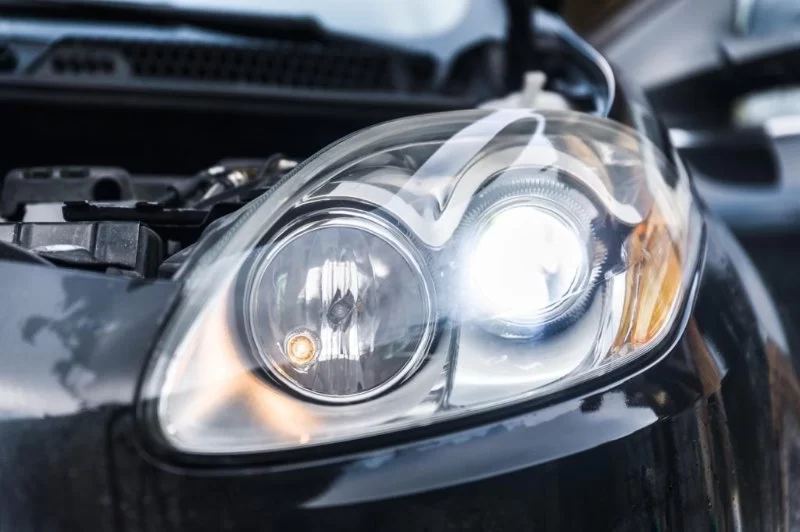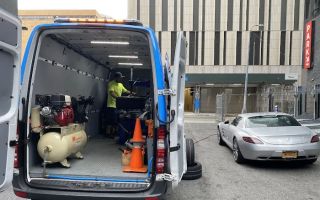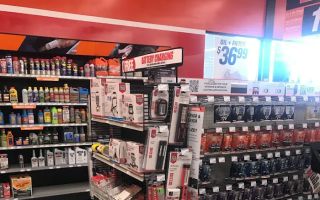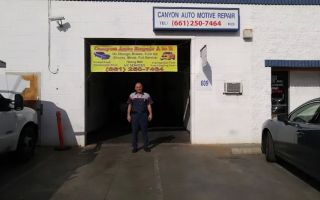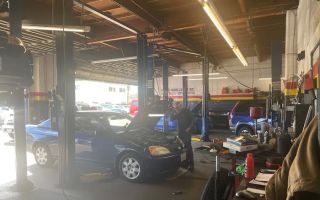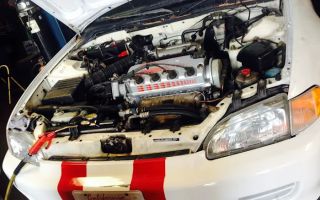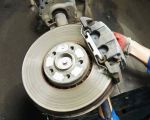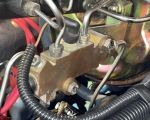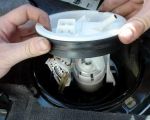- 1 - Why Headlights Might Be Pointing Down
- 2 - Safety Risks of Misaligned Headlights
- 3 - How to Diagnose the Problem
- 4 - Step-by-Step: How to Adjust Headlights
- 5 - When It’s More Than an Alignment Issue
- 6 - Real Driver Experiences and Common Mistakes
- 7 - Professional Help and Rescue & Towing Recommendation
Why Headlights Might Be Pointing Down
Understanding the cause behind the tilt
When your car’s headlights are pointing too low, it’s not just an annoyance—it’s a visibility and safety issue. There are several common reasons for this misalignment. It might be due to normal wear and tear, a recent front-end impact, or even a heavy load in the back of the vehicle tilting the nose downward. Over time, vibration and bumps can loosen headlight brackets or misalign the aiming screws, causing your headlights to shine too close to the ground.

Pick Your Part - Help Yourself
1232 Blinn Ave, Wilmington, CA 90744, USA
Electronic systems and sensor influence
In modern vehicles with automatic leveling systems, a malfunctioning headlight sensor or calibration error can also cause downward aiming. Cars with adaptive headlights are particularly sensitive to these changes, meaning even a small disruption can lead to improper beam direction.

Pick Your Part - Greer
13054 E Wade Hampton Blvd, Greer, SC 29651, USA
Safety Risks of Misaligned Headlights
Reduced road visibility
Headlights that are pointing down don’t illuminate the road far enough ahead, limiting your ability to see potential hazards like animals, potholes, or debris. This can make night driving more dangerous, especially at high speeds or on unlit rural roads.
Increased eye strain and fatigue
When visibility is poor, your eyes work harder to adjust. This constant strain can lead to fatigue, slower reaction times, and reduced confidence behind the wheel. Over time, this stress adds up, making even short drives feel exhausting.
How to Diagnose the Problem
Step 1: Inspect your headlight housings
Start by checking whether the headlights are securely mounted. If one side seems loose or uneven, you might be dealing with a broken bracket or damaged adjustment screw. Compare both headlights to see if the beam angles differ significantly.
Step 2: Test on a flat surface
Park your car on a level surface about ten feet from a flat wall or garage door. Turn on the headlights and mark the center of each light beam on the wall with masking tape. Then, back the car up about 25 feet and see how much the beams dip. If they’re aimed too low, it’s time for adjustment.
Step 3: Check for automatic leveling issues
If your vehicle has an automatic leveling system, consult your owner’s manual. A malfunctioning sensor could be forcing the headlights to stay angled downward. Some systems reset automatically after restarting the car, while others require manual recalibration.
Step-by-Step: How to Adjust Headlights
1. Prepare your workspace
Find a flat surface and position your car about 25 feet from a wall. Make sure your tires are properly inflated and that the vehicle has a normal load (no heavy cargo in the trunk). Turn on your headlights to low beam mode.
2. Locate the adjustment screws
Most headlights have two screws: one for vertical adjustment (up and down) and one for horizontal adjustment (left and right). You’ll typically find them near the top or side of the headlight assembly. Refer to your owner’s manual for precise locations.
3. Adjust the vertical aim
Using a screwdriver, turn the vertical screw until the top of the brightest part of each beam aligns with the horizontal tape mark on the wall. This ensures that your headlights illuminate the road ahead rather than the ground right in front of the car.
4. Fine-tune the horizontal aim
Next, use the horizontal screw to align the beams so that they’re straight and centered. Avoid crossing the beams toward the opposite side, as this can cause glare for oncoming drivers.
When It’s More Than an Alignment Issue
Suspension or body problems
If adjusting the headlights doesn’t fix the issue, the root cause may be deeper. Worn suspension components, uneven tire pressure, or a sagging rear end can change the car’s overall pitch, affecting headlight height. In these cases, it’s best to have your vehicle inspected by a professional mechanic.
Electrical or sensor failures
For cars with adaptive or auto-leveling headlights, a malfunctioning height sensor or control module may require recalibration. Some luxury vehicles even store alignment data in their onboard computer systems, which means adjustments might need diagnostic tools to correct properly.
Real Driver Experiences and Common Mistakes
The “DIY gone wrong” story
One driver shared online how he tried adjusting his headlights using only visual estimation, only to realize they were now angled too high—blinding other drivers on the road. It’s a common mistake that highlights why precise measurement and patience are essential when adjusting headlights manually.
The overlooked suspension issue
Another car owner spent weeks trying to fix his headlight alignment before discovering a worn rear shock absorber was the real culprit. Once replaced, the headlights aligned perfectly again. This story reminds us that sometimes the issue isn’t where it first appears to be.
Professional Help and Rescue & Towing Recommendation
When to call for help
If you’ve tried adjusting your headlights and they’re still pointing down, it may be time for a professional inspection. A qualified technician can determine whether the problem stems from mechanical damage, sensor errors, or alignment issues beyond what can be fixed at home.
Rescue & Towing – your reliable automotive partner
At Rescue & Towing, we understand that clear visibility is crucial for safe driving. Whether you need assistance fixing your headlights, checking suspension components, or towing your car for a detailed inspection, our team provides dependable and efficient service to get you back on the road safely. Visit us to find trusted professionals and the right automotive tools to handle your repair needs.

